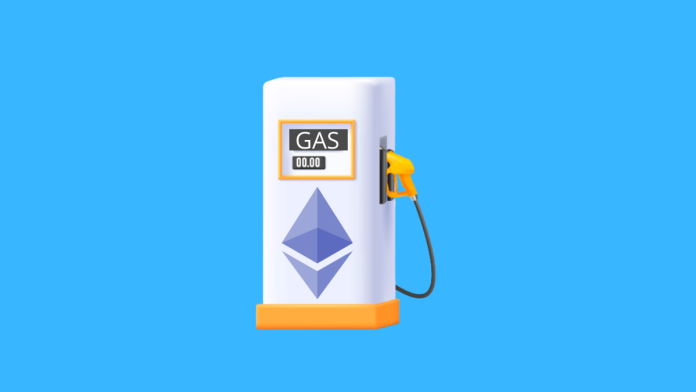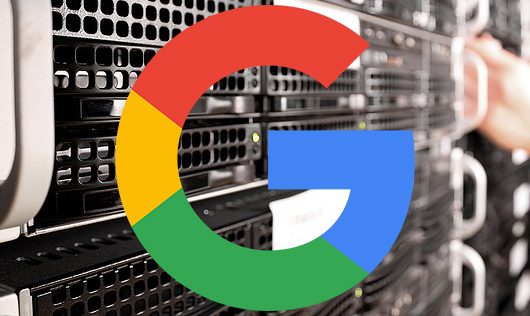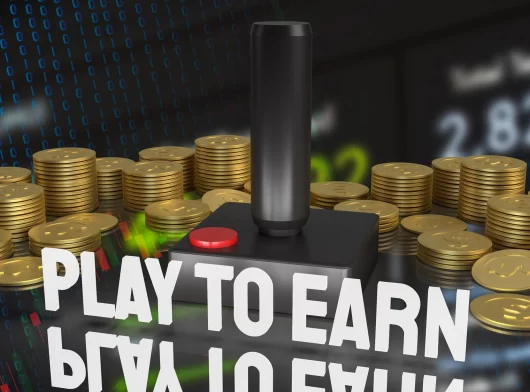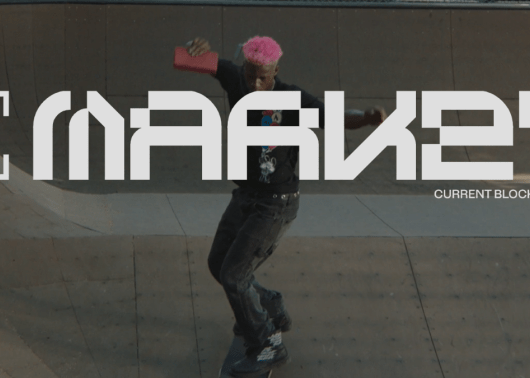Before the year 2020, the majority of blockchain transactions were accomplished at a low cost. But as Web3 and NFTs gain popularity, cryptocurrency transaction fees stand as one of the major hurdles to entry for mass acceptance. Because the gas fees for blockchains such as Ethereum and Bitcoin vary according to the amount of traffic on the underlying network, this scalability difficulty seems to essentially invalidate the primary pillars on which Web3’s ideology was built. These are accessibility and inclusiveness. In this article, we explain what gas fees do and how they affect NFT minting.
How Do Gas Fees Work?
Gas fees are a representation of the degree of processing power necessary to register a transaction on the ETH blockchain network. gwei are very small fractions of Ether (ETH), the native token of the Ethereum network, and are used as the currency for the transaction costs associated with minting NFTs. The value of one gwei is equal to one billionth of an ether, which may also be expressed as one nanoether or 0.000000001 ETH.
Based on how complex the transaction is and the volume of traffic hosted by the network, gas prices can fluctuate. Consequently, the costs associated with a transaction that requires a greater amount of computing power would be higher, and the costs associated with transactions on the Ethereum network will be much higher during times of high traffic and demand.
The fact that blockchains are decentralized networks that are not controlled by a single entity means that their maintenance is the responsibility of miners, tasked with minting NFTs. Miners contribute their processing power and, in exchange, receive remuneration that accounts for their time and the resources they expend.
The miners that verify transactions on the blockchain are incentivized via gas fees, which helps keep the blockchain operational and results in an increased level of network safety, strengthening the integrity of the blockchain.
How Do Gas Fees Affect NFT Minting?
For Artists:
There is no correlation between the price of an NFT and the cost of the gas charge. The valuation of an NFT is based on supply and demand, and the price at which a buyer is willing to purchase an asset is taken into account. Because of this, an artist who mints an NFT risks losing money. Because gas fees do not affect the overall worth of the digital asset and, in certain instances, may be higher than the cost of the assets that are being offered for sale, it can be particularly challenging for up-and-coming artists who have not yet built a reputation in the NFT industry to sell their artwork if they overcharge in order to attract better pricing.
For Buyers:
Users who are frugal and patient enough to wait would often do their business on the weekend or during less busy trading hours throughout the day to save money on gas fees. On some platforms, you’ll be able to choose a maximum amount you are willing to pay in gas costs, and the platform will carry out the transaction whenever the fees drop to an acceptable level. If you have the luxury of waiting for an unspecified amount of time until the prices decrease, then this may be a possibility for you. This is a solution only if you have the luxury of waiting for an unspecified amount of time till the prices decrease.
Conclusion
NFTs have recently seen a meteoric rise in popularity and are responsible for providing many artists with access to previously untapped marketplaces where they can do business. These markets come with expenses, and if the artists do not grasp the prices associated with minting and selling, they may end up losing money. It is therefore essential to gather more information on tips and tricks to navigate the expanding digital asset marketplace so you can profit from it. You can visit our blog to find more informative and engaging content on navigating NFTs.








